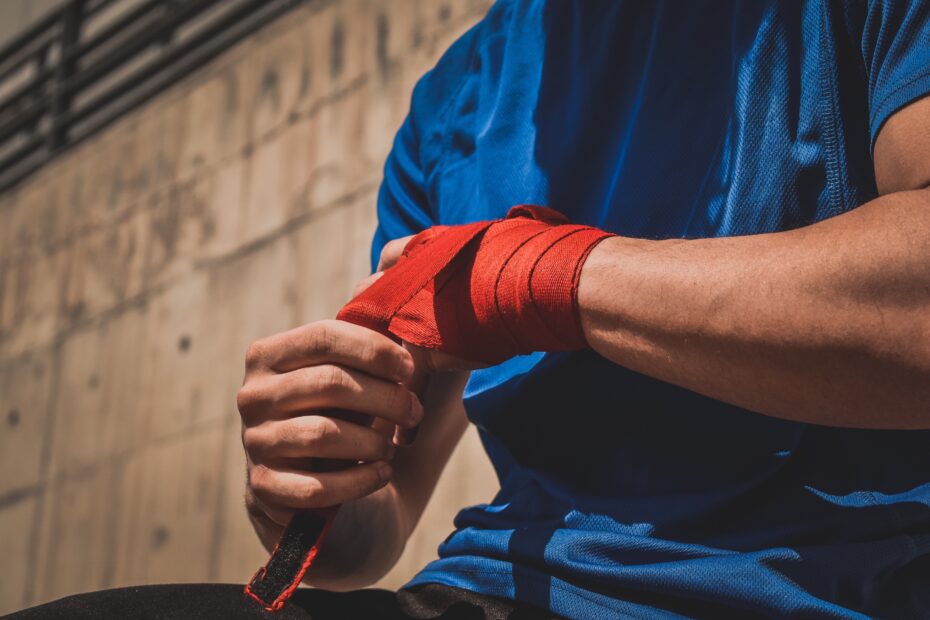Changing Poses to Avoid Pain but Gain Strength and Flexibility
Ideally yoga is performed with an experienced knowledgeable teacher. Inform the instructor of the wrist, knee, or back injury prior to practice.
Use Props to Move into Positions
- Blocks can help align the body preventing strain while taking pressure off the weakened wrist, back or knee.
- Belts for floor exercises allow the body to remain flat in alignment while stretching limbs in a continuous line.
- Folding blankets or using bolsters under the back while lying supine lifts pressure from offending joints. Corpse pose or Savasana is often achieved by the enlistment of not only eye pads but also by blankets folded under the back.
Modifying the Poses to Reduce Pain and Strengthen the Back
- Breathing with the movement facilitates the pose not only mentally but physically. Inhale into the pose and exhale to extend deeper into it. This relieves the tension in the muscles. Proper breathing is a yoga study unto itself (Pranayama) and creates harmony between the body and mind.
- Cat Pose or Cat Stretch flexes and extends the spine in a warm up repeated several times along with deep sustained breathing.
- Forward bend stretches the back. Bring the hands to the knees or lower on the leg toward the floor. Never bounce. Moving slowly into Monkey, look up, keeping the hands in place. The back should be straight not arches with the legs and hands supporting the position.
- Seated spinal stretches pull the muscles into unfamiliar twists. Done gently and gradually, the back learns new pathways of movements.
- Bridge is a full extension. If the back hurts or is inflexible begin with pelvic tilts while lying on the back with the knees pulled up. This strengthens the belly, which in turn supports the back.
Knee Pain and Yoga Modification
- The alignment of knee and top of foot should be parallel. The stance can be widened if flexible. Otherwise, do less than a 90-degree angle in the Warrior positions.
- Avoid locking the knee in triangle pose. The idea is to pull up on the knee with the strength of the thigh muscles. Use props here or the leg itself for support.
- Chair pose is excellent for releasing pressure on the knee joint. Wiggle the toes to be sure the weight is in the heel. The strength then is in the upper leg. Tightening the belly muscles and reaching the arms outward and upward continues the pull away from the knees.
- Lotus, the cross-legged pose of feet over things, should be avoided if knees are a problem.
Modifying Poses for Wrist Pain and Injury
The fragile bones and ligaments of the wrists can be overworked by even the most experience yogi.
- In Downward Dog pull back on the spine tightening the belly toward the pelvis. Splay the hands with the elbows rotated slightly outward so the hands turn slightly inward. Pull back on the wrists until the creases diminish.
- If unable to use the wrist, drop to the elbows with the forearms for support (Dolphin Pose)
- Avoid wrist balances such a Crow or handstands. While fun, they are not vital to good practice.
- Use Cobra in place of Upward Dog by lifting the upper chest with the upper back muscles not the hands or wrists.
Wear a wrist or knee splint as a reminder for modifying practice poses and for support of the injury. Consider Restorative Yoga, a therapeutic form of yoga. The mind is calm in yoga and the body should not be a state of chronic stress.
